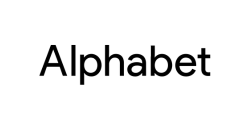of companies use AI recruiting tools to some extent in their business process as of early 2023
of recruiters believe applying AI in hiring will eliminate any unintentional bias

Transforming Recruitment With AI
In 2023, it seems like we can’t go more than a few days without hearing about another innovative use of AI. In fields from healthcare to programming to video game design, companies are using AI tools to automate tasks like analyzing data, communicating with customers, and even generating original content.
But what about recruitment? As recruiters know well, the recruitment process includes a number of repetitive tasks that could be outsourced to an AI assistant. This would leave recruiters more time to focus on the more strategic parts of their role that require human input.
The fact is, AI has the potential to radically transform the recruitment landscape over the next decade. We’ve put together a list of ways recruiters can start using AI today to maximize efficiency and make their processes smoother and more streamlined — all while enhancing the candidate experience.

 A job ad is often your first chance to make an impression on a potential candidate, which means it’s important to get them right. But writing job descriptions manually is a time-consuming, repetitive and, let’s face it, often a monotonous task.
A job ad is often your first chance to make an impression on a potential candidate, which means it’s important to get them right. But writing job descriptions manually is a time-consuming, repetitive and, let’s face it, often a monotonous task. 












